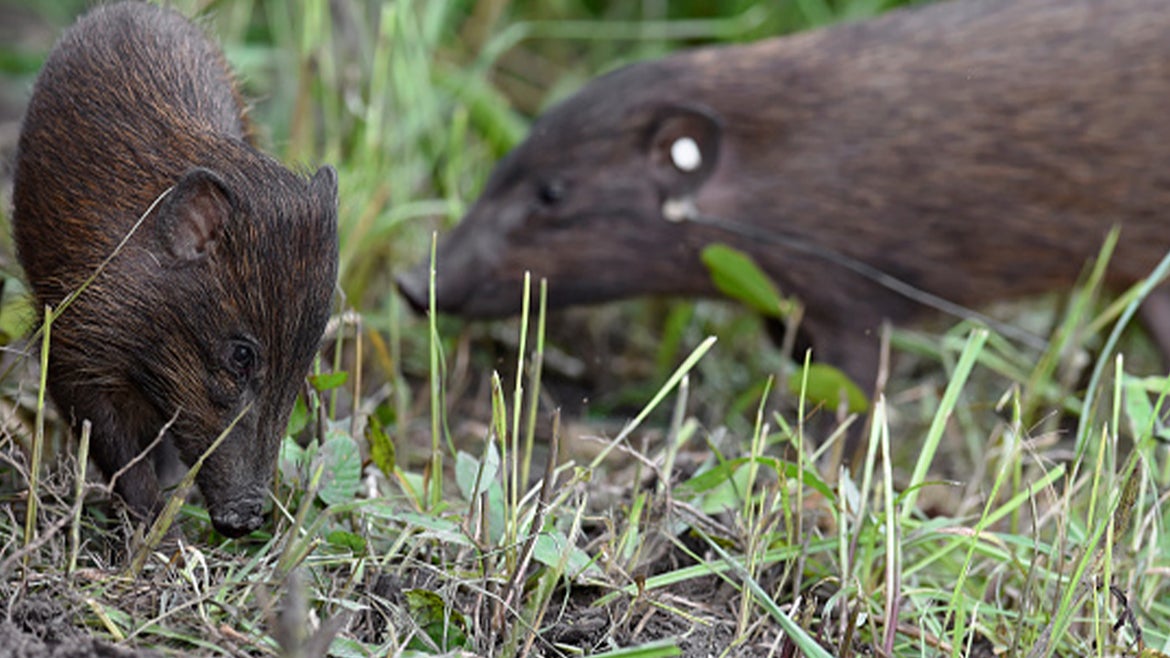In the 1990s, conservationists began breeding the pygmy hogs in captivity, giving these adorable, 8-inch-tall creatures a new lease on life.
The “pygmy hog,” the world’s rarest and smallest hog thought to be extinct until it was rediscovered in 1971, is thriving and surviving in the tall grasslands in Manas National Park, according to experts at the Smithsonian Institute.
Described by researchers as a shy and somewhat secretive species, these pygmy hogs stand roughly 8 inches tall and are so small that they can easily fit in the palm of your hand.
The hogs, listed as “Critically Endangered,” on the IUCN Red List of Threatened Species due to their small wild population, have been successfully multiplying and roaming the tall Teria grassland of Northern India, according to the Pygmy Hog Conservation Program (PHCP) a collaborative project with the Durrell Wildlife Conservation Trust that started in the ‘90s by Gerald Durrell.
The pygmy hogs were deemed extinct until their rediscovery in 1971 in the Indian state of Assam by a tea plantation worker, according to the Good News Network (GNN).
In the 1990s, conservationists began breeding the pygmy hogs in captivity, giving these adorable creatures a new lease on life,
With assistance from local partners, the PHCP set up a captive-breeding program to help the survival of these wild hogs. The original group of six, captured in 1996, increased to over 60 captive pygmy hogs, PHCP reported.
Between 2008 and 2020, the PHCP released 130 more wild hogs into two national parks, Manas and Orang, as well as two wildlife sanctuaries, Barnadi and Sonai Rupai. All four are found in the state of Assam, and contain the special grassland habitat the pygmy hogs require, National Geographic reported.
To keep these last living species in the genus porcula from extinction and ensure their future survival in Assam, the PCHP continues to raise awareness and help the wee little pigs survive.
Some wildlife enthusiasts who caught a glimpse of the Smithsonian's video on these pygmy hogs were squealing in delight.
“I didn’t know about these adorable little creatures until now. Thanks Smithsonian,” someone wrote.
Another person said, “I want to hold one of those piglets in the palm of my hand one day; precious little things."











